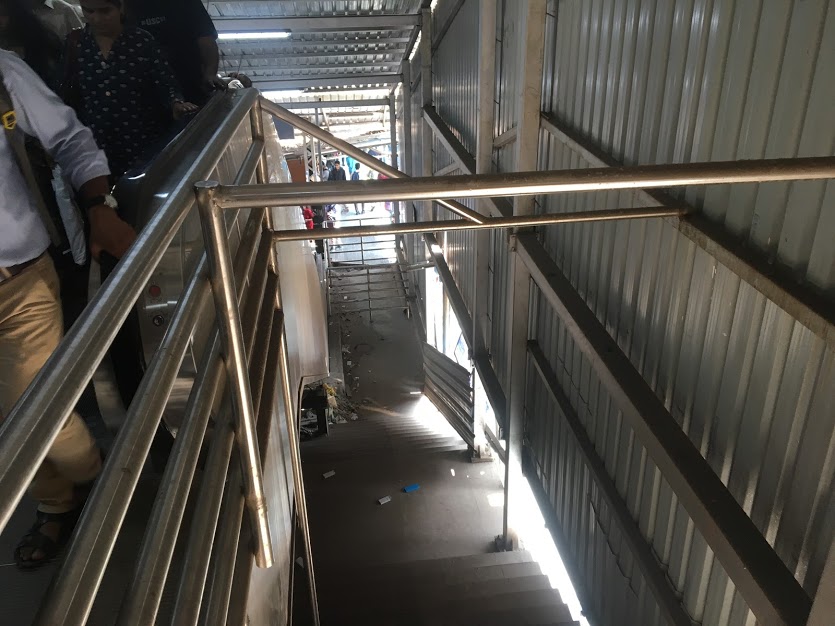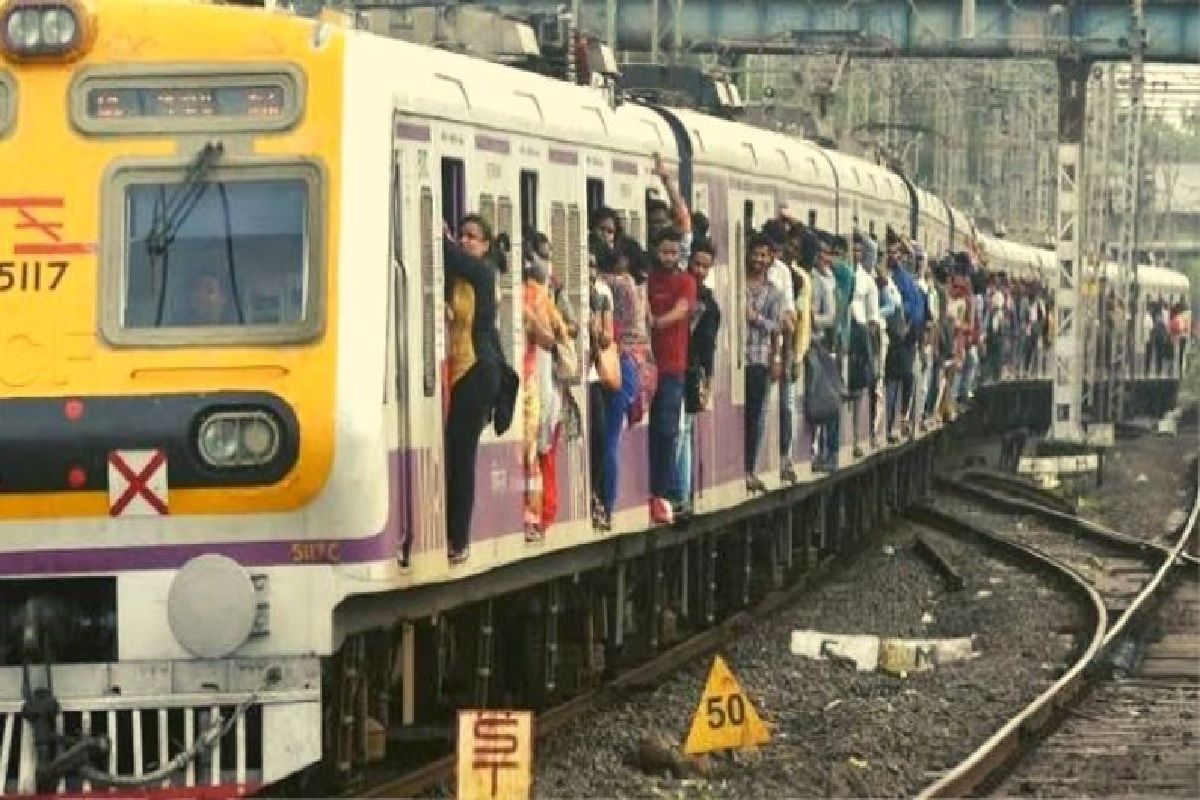I stopped driving my car 4 years ago, thanks to net-based car hire services. I feel more independent and stress free travelling in Mumbai using public transport. Being an independent professional I have the choice to travel at the non-peak hours and I choose from various modes including Autorickshaws, BEST/NMMT Buses, Rental Cars, Trains (Harbour/Central/Western), Metro and quite often walking, which i find the smartest way to cut across modes, saving time and money. Travelling in Mumbai is fun and exciting. For me the thrill is in travelling faster and cheaper than if I travelled all the way by car. Not that I don’t take the car all the way… I do if it is the fastest and convenient route.
My work took me to Goregaon recently. The most inaccessible place from my residence in Belapur, Navi Mumbai – in context to public transportation. The ongoing Mumbai Metro work made it worse, a distance on 37 kms took me 2 hours by Rental Car, which I specially hired to reach before time, only delaying me by 30 mins and costing me 600 bucks.
I thought I will make good for lost time and money on my way back. I took an auto to Andheri station from where I could board the 6.16 Panvel local. Platform no. 2 was moderately crowded. The train turns around at Andheri. As the train entered the station and everyone on the platform rushed inside the compartment. The commuters who arrived in the train and were standing at the door to alight which included an old couple with bags, school students, etc. all got pushed back inside and were literally hanging horizontally by a cyclone of people flowing in to the compartment. I too do try get in the compartment only if I am at CST or Churchgate where the people arriving know this phenomenon and they remain seated inside or near the opposite side to let the returning people run in and get their preferred seats. But this was Andheri and there wasn’t much crowd. I pulled couple of people who were trying to enter and gave them a piece of my mind.
Once all people alighted I got in. To my surprise only the window seats were occupied. I went and occupied my preferred seat considering that the train will turn around at Vadala and my 75 min journey will keep me aerated. As the train reached Bandra all the seats were full and people started standing in the passage between seats. I realised that the group of people in my row were part of the ‘Train Group’. These are a group of acquainted travellers who get befriended as they take the same train every day. These are the people who are in a great hurry to get a cluster of seats for their other friends who board from other stations. They do so as they have some activities that they indulge in as their travel routine. Unfortunately I had occupied a space in their cluster. They then blocked the window and the aisle in order to play a board game of 8 people. When people become a group, they start behaving in unreasonable ways. Right from getting in the train to inconveniencing people during the journey. Everything feels justified and ones reasoning gets marred by a sense of company. They requested me to shift deeper – away from the window to which I refused. A few other travellers were also inconvenienced by them by their constant talking and movement.
We have experienced on the New Mumbai Metro, which is a privately managed infrastructure in which people behave in a much civilised way. There are queues on the sides of the doors where people wait to board, once the trains are empty. It is not likely that this is self discipline but discipline nonetheless. There are markings on the platform and sometimes we see staff enforcing rules. Can we ever see this happening on Mumbai Suburban Railway? Suburban Trains are one of the best things that in Mumbai. It is the cheapest and efficient means to travel long distances in Mumbai. Only that the users are limited to young and energetic people during peak traffic hours. Can we hope that a Metro-Like discipline is created in Suburban Railways too? Is there a possibility that first-come-first-served paradigm can ever be created?
To start with, one needs space on the suburban railway stations for lines to form. The platform areas in the stations are the most chaotic spaces. Through the years the platforms have been smothered by layers of additions and repair not to mention the dirt and Paan stains. Platforms on suburban stations are an obstacle course of infra and people. Recently we have witnessed addition of Escalators at various stations. These are somehow not the sleekest looking elements which we see at Malls & Airports, but for some reason massive as they are encased in boxes made up of corrugated metallic roofing sheets.

Majority of ‘upgrading’ work carried out by Railways is ad-hoc. There don’t seem to be any concept of Principles, Standards, Codes or Guidelines. Cohesiveness/Homogenity and Aesthetics are the objects of dreams. All the work carried out by the Railways look like Engineering accomplishments. Engineering differs from Design as Design takes into consideration the ‘Users’ of the facility. Users encompass all Age groups, Genders, Abilities, Purposes and Classes. The Railways has to acknowledge ‘Design’ and lack thereof as a critical issue in making Railways Friendly & Accessible to all. This can start by employing Architects & Designers.
Architects are multi-faceted by virtue of their education and practice. The knowledge and understanding of Ergonomics & Anthropometrics, Planning & Visualisation, Mathematics & Geometry, History & Humanities, Materials & Technologies, Communications, Culture & Behaviour, Health & Hygiene, Sanitation & Maintenance, Ethics & Morality, Economics & Philosophy, Art & Style etc., make Architects an embodiment of a Human Centric perspective which is completely lacking in the Operations & Maintenance of Stations today. This goes for many other large employers too.
There were around 14,000 Architects registered last year alone in India by Council of Architecture. Many of these will diversify to various fields due to lack of jobs in the Building & Lifestyle Industry. The Architecture & Design fraternity too needs to objectively advocate the skills & services of Architects for potential employers to comprehend their value and aptitude.
– Om Merchant is a Practicing Architect and Academician.
